The French Revolution
To understand the French Revolution at the end of the 18th century, we must know the reasons why there was a revolution. We should also know something about the most important events, the names of some people and dates that were important. But also what changes the revolution brought with it in France.
We study history to understand why societies change and to see what we can learn from it. The thoughts and ideas behind the French Revolution led to major changes far beyond France’s borders. Even if a dramatic event takes place in one country, it can have major consequences for other countries.
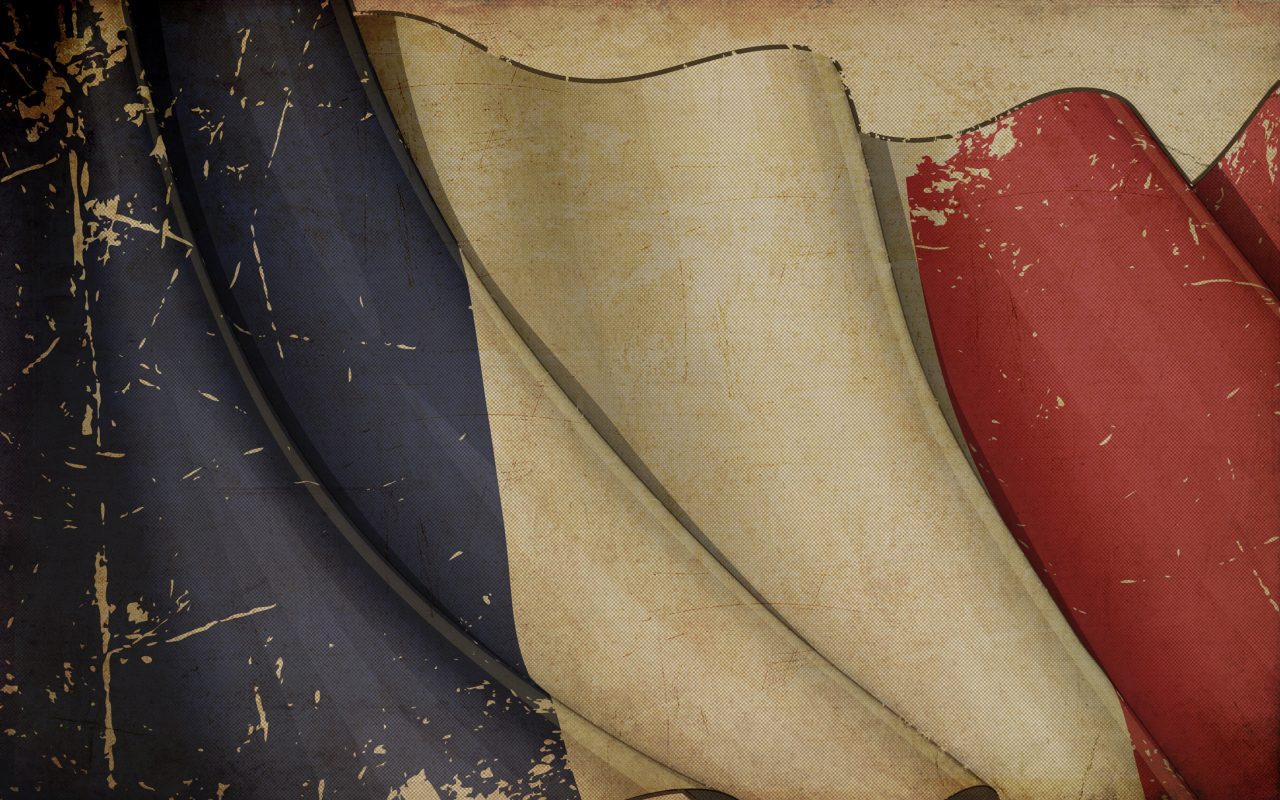
Det franske flagget som ser gammelt og slitt ut.
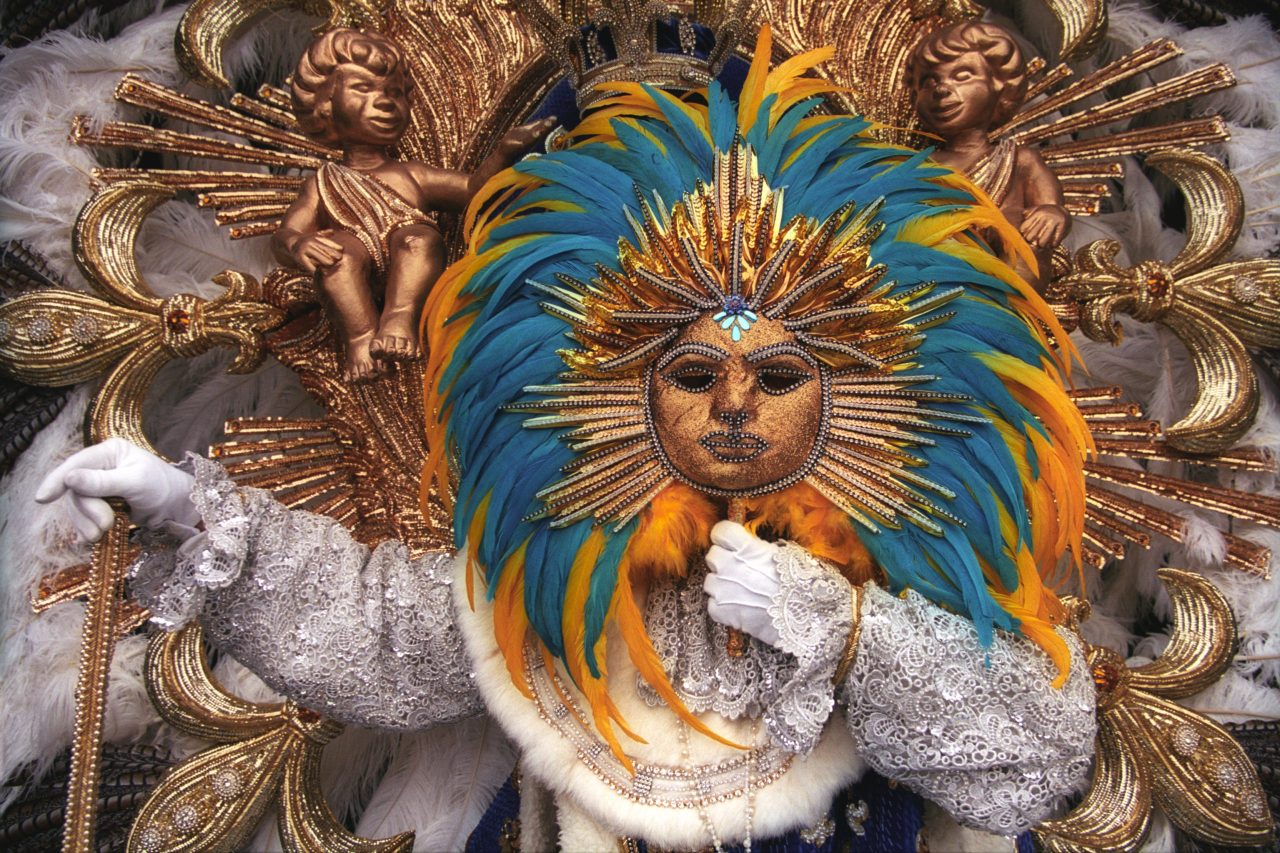
Kong Ludvig 14. med gullmaske pyntet med papegøyefjær.
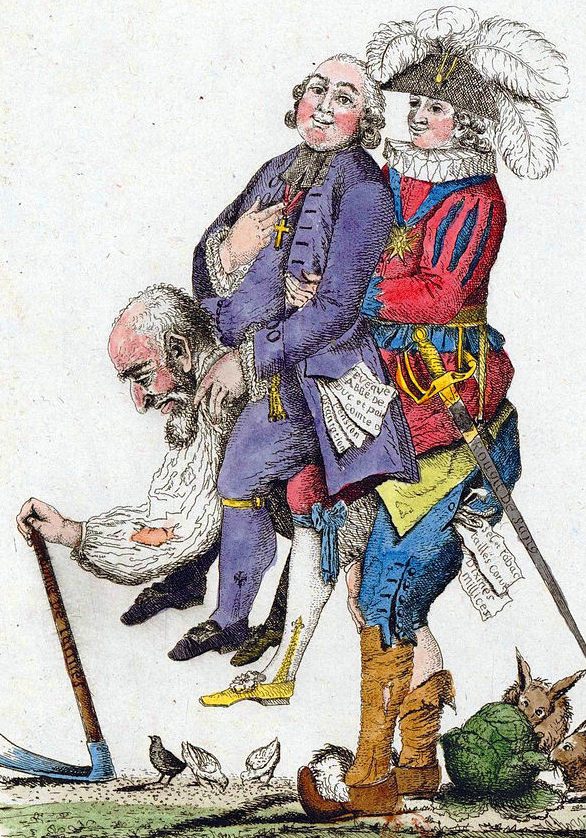
Illustrasjon om klasseskillet i Frankrike på 1700-tallet der den fattige bærer de rike på ryggen.
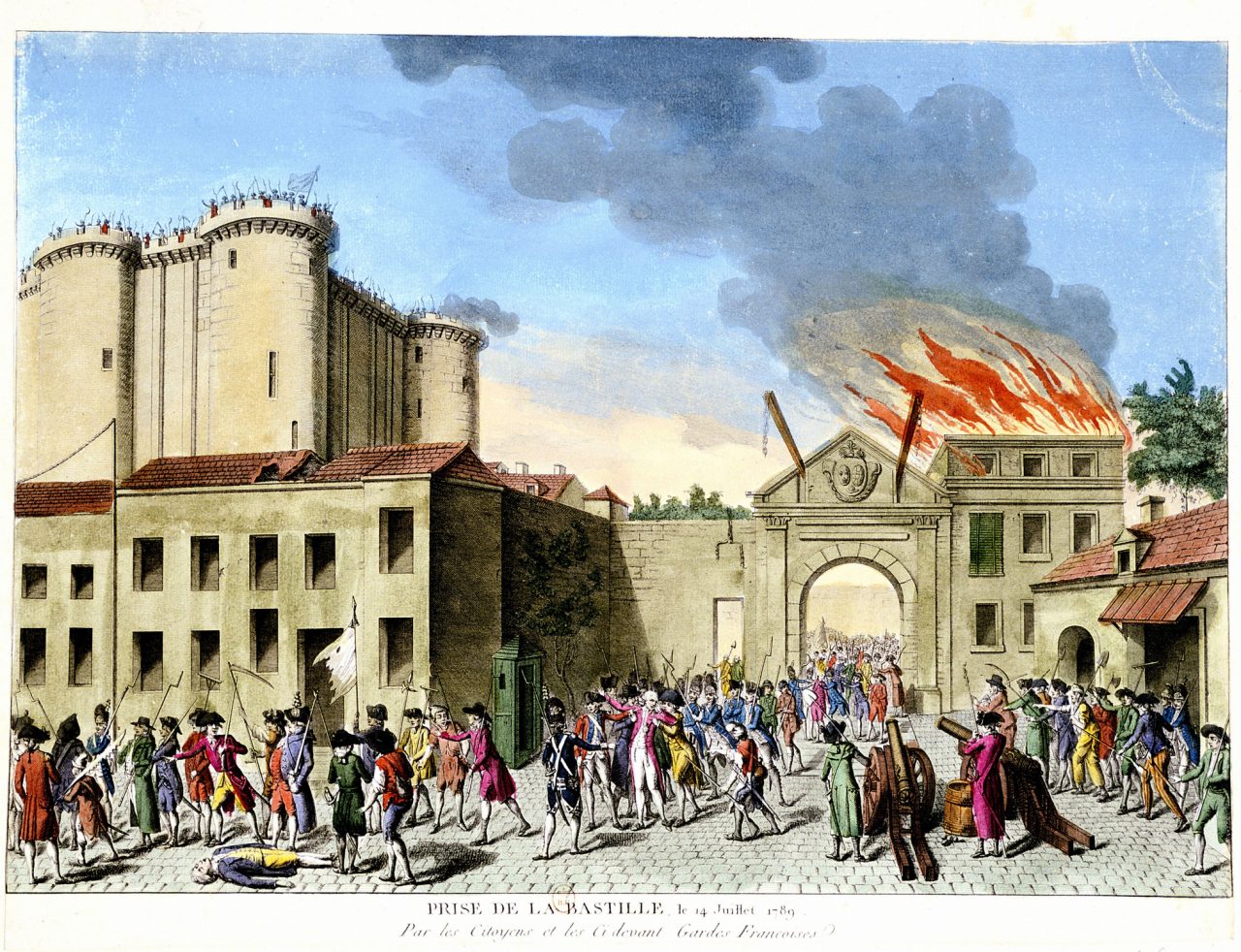
Angrepet på fengselet Bastillen i Paris i 1789.
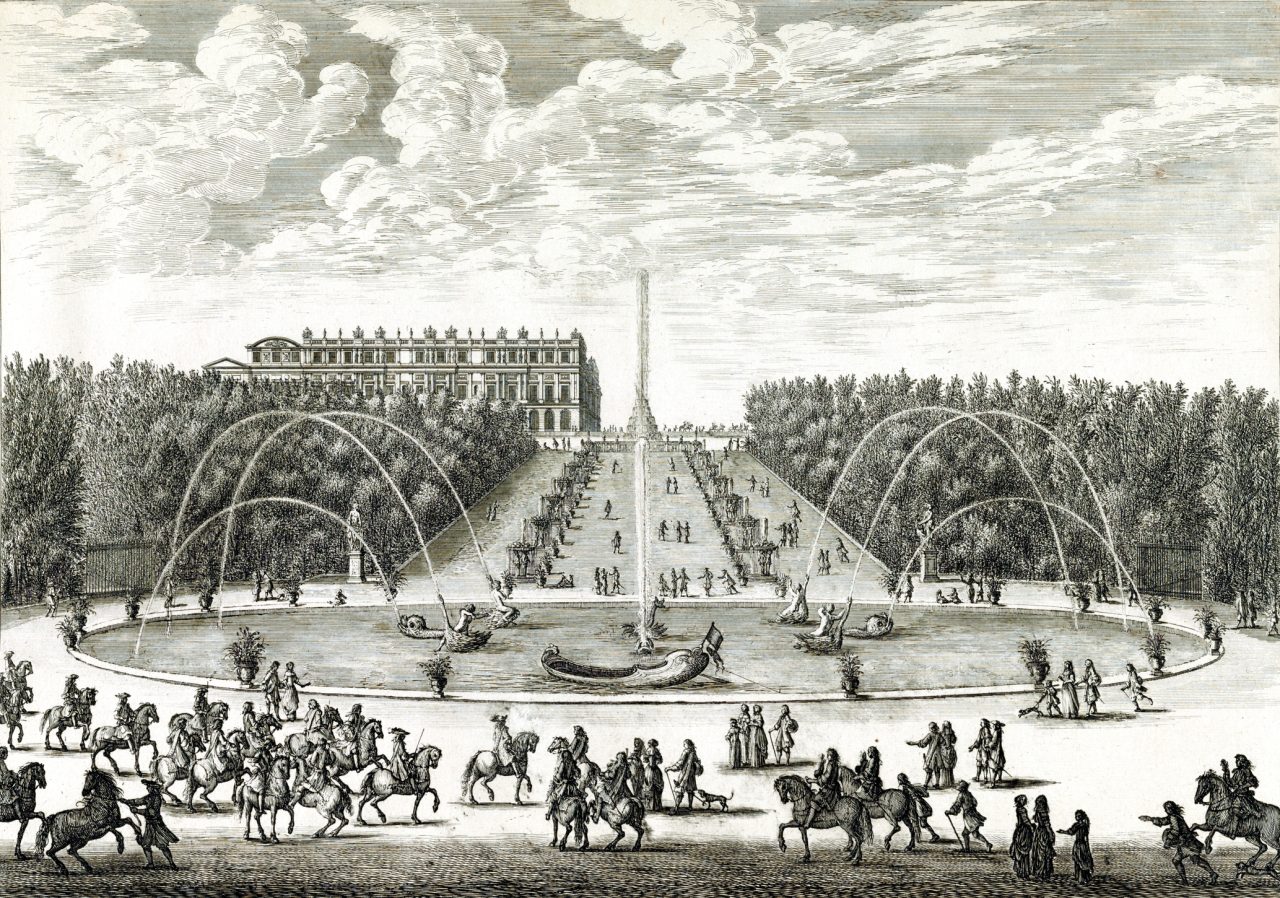
Sorthvitt tegning av slottet og stor fontene i Versailles utenfor Paris.
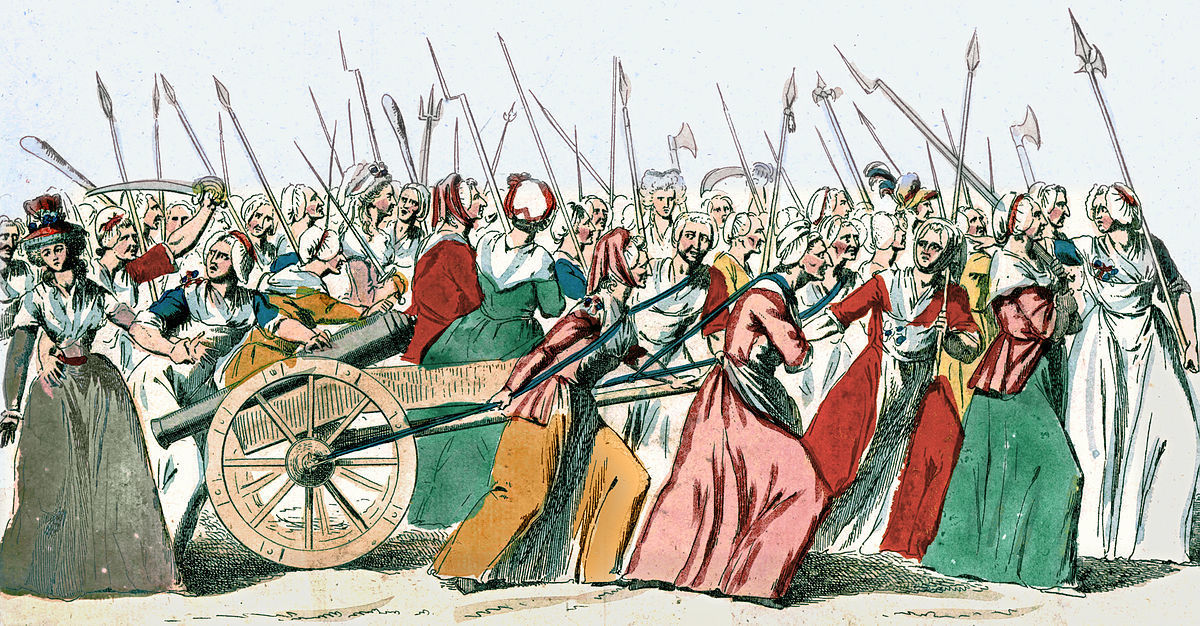
Mange kvinner i tog der de drar på en kanon.
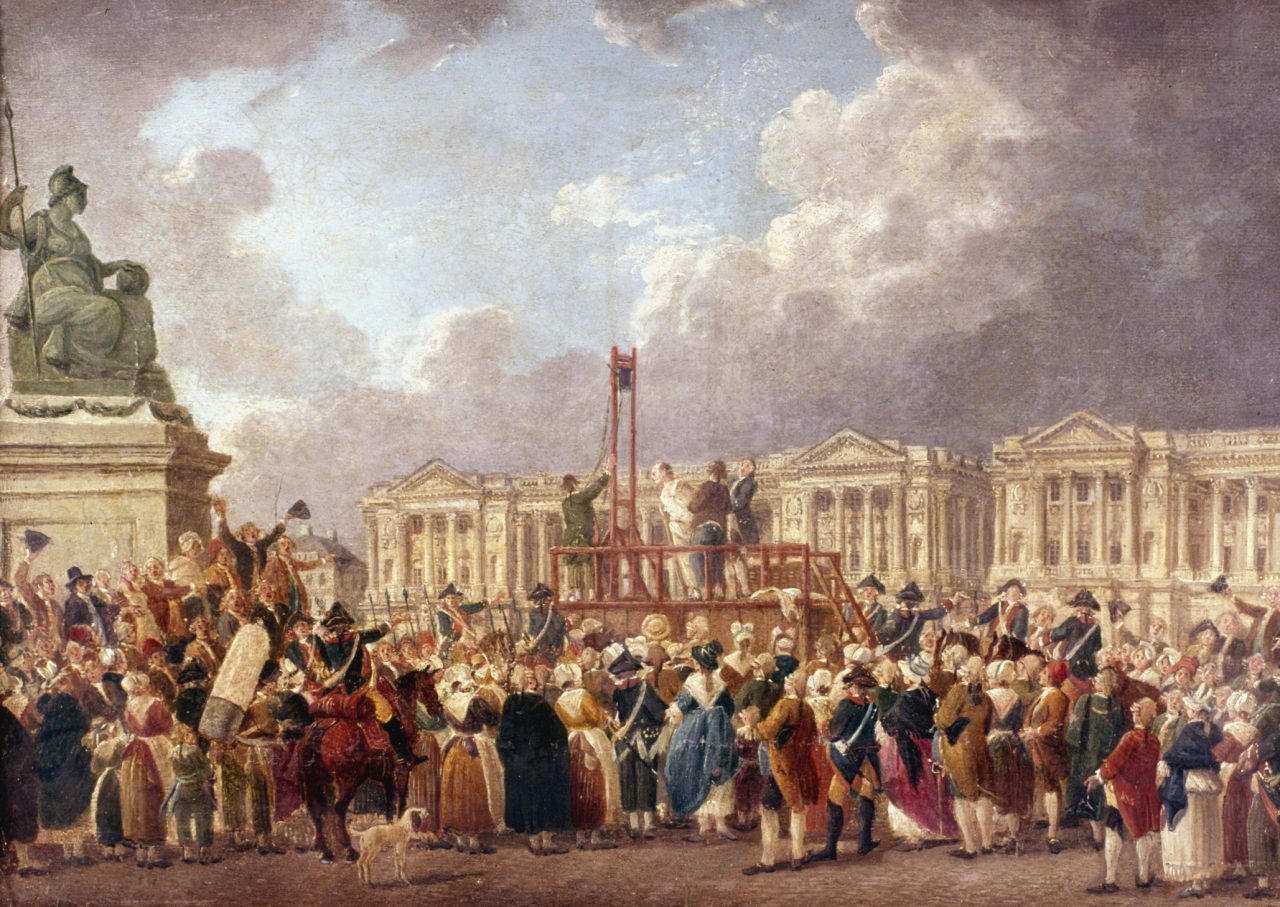
En stor folkemengde ser på at en person blir ført fram til giljotinen som kappet hodet av folk.
The army gains great power
During the Reign of Terror, the authorities started an army of over one million soldiers. The revolution had shown that the country needed a professional army to put down riots and attacks on the country’s leadership. At the same time, France still had ambitions to conquer more countries and was eventually considered a major power in Europe. This was because of the young general Napoleon Bonaparte.
📷 Napoleon leading his men after they were defeated in the battle of Laon in France in 1814.
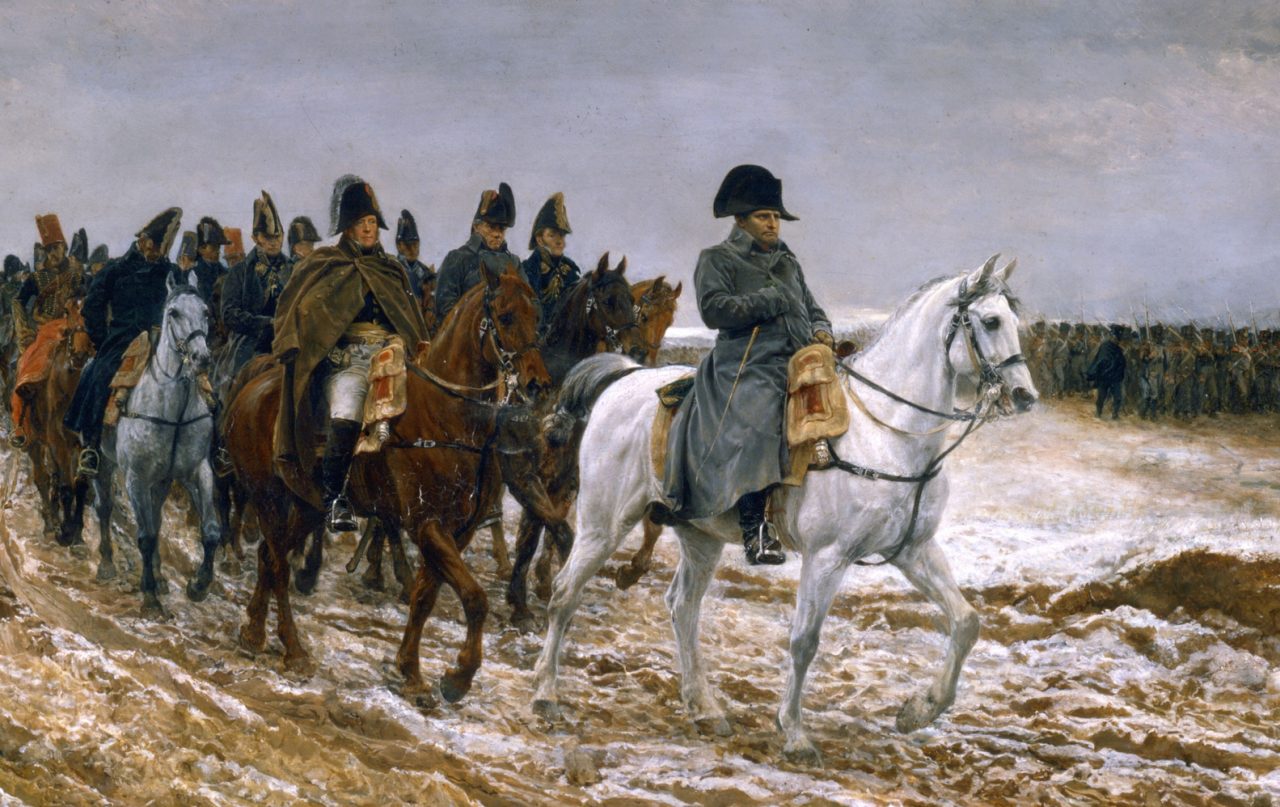
Napoleon i front av en gruppe med soldater til hest.
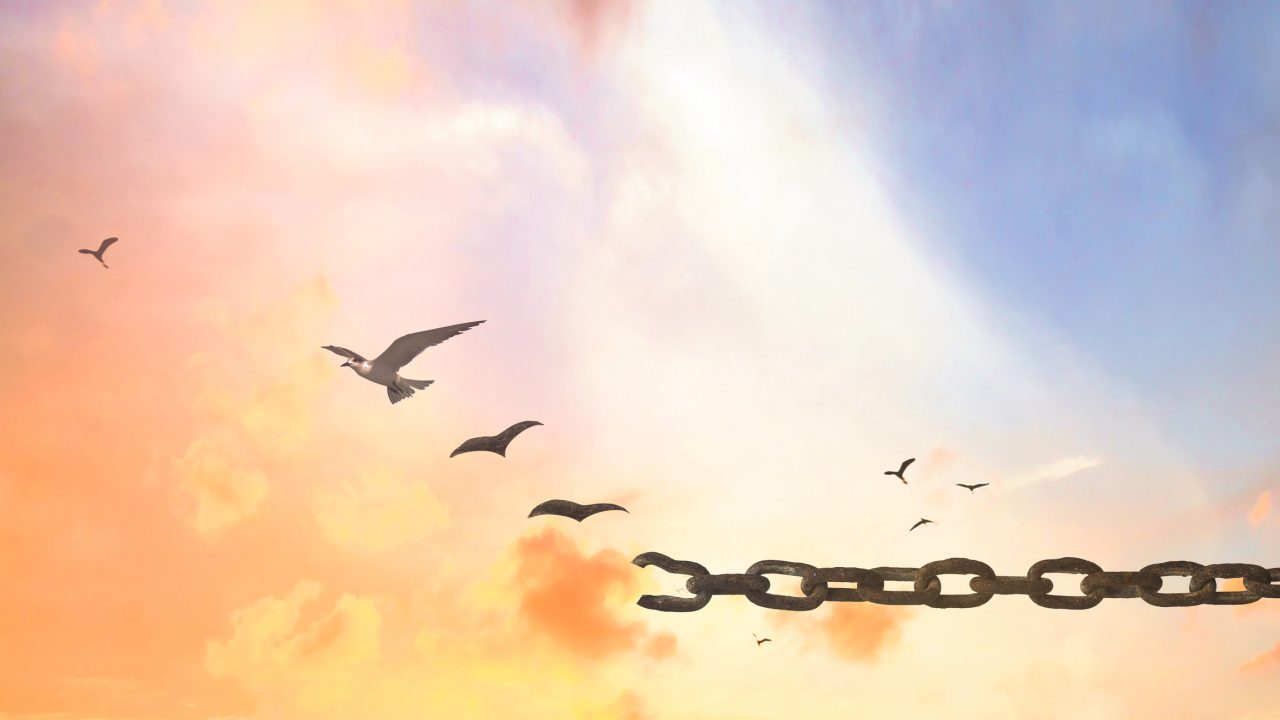
Det ytterste leddet på en kjetting omgjøres til en fugl.
Sources:
- Østberg, Kai Peter; Tønnesson, Kåre: Den franske revolusjon i Store norske leksikon på snl.no.
Hentet 22. november 2021 fra https://snl.no/Den_franske_revolusjon
- Bastillen i Store norske leksikon på snl.no. Hentet 22. november 2021 fra https://snl.no/Bastillen
- Krefting, Ellen: opplysningstiden i Store norske leksikon på snl.no.
Hentet 22. november 2021 fra https://snl.no/opplysningstiden
- Østberg, Kai Peter: Ludvig 16 i Store norske leksikon på snl.no.
Hentet 22. november 2021 fra https://snl.no/Ludvig_16
Media Rights:
-
-
Getty Images
-
Getty Images
-
Getty Images
-
Getty Images
-
Getty Images
-
Getty Images
-
Getty Images
-
Getty Images
-
Getty Images
-
Getty Images
-


